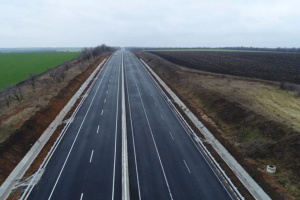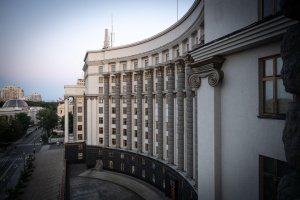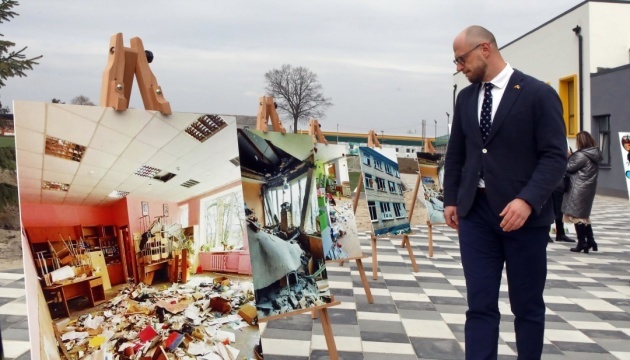
Restoring Ukraine: “We will rebuild a school in Avdiivka as well!”
In recent days alone, the Mykhailo Boichuk Academy of Decorative and Applied Arts and Design in Kyiv, and a school of the Velyka Pysarivka community in Sumy Oblast were destroyed…
In total, more than 3,000 educational facilities in Ukraine have been severely damaged or totally ruined as a result of Russia’s criminal aggression. Nevertheless, this is not a reason to give up: In the difficult wartime environment, Ukrainian children continue to study, and, security situation permitting, joint efforts with international partners are being made to restore lyceums and gymnasiums in Ukraine.
Meanwhile, applications are being accepted for the Future School for Ukraine architectural design competition held at the initiative of the Lithuanian Government in partnership with the State Agency for the Restoration and Development of Ukraine’s Infrastructure and supported by the Ministry of Education and Science. Ukrinform talked to the project’s organisers and expert architects about the progress of the project. While noting the urgency of reconstruction and the undeniable benefits of such a competition, practitioners warned against high expectations of standard designs.
REPRESENTATIVES OF EUROPEAN, ASIAN AND AFRICAN NATIONS EAGER TO GET INVOLVED IN THE RECONSTRUCTION OF UKRAINIAN SCHOOLS
The Future School for Ukraine competition will accept design offers until 23 May. An exhibition of the submitted designs is scheduled for June, and the winners are to be announced in July. “We are happy to observe this interest in the competition,” noted Project Manager Mariana Varkalienė. “What’s more, we are pleasantly surprised that this interest is shared not only by architects from Europe, but goes as far as, for example, Asia and Africa. At the moment, about half of the registered participants include architects from Ukraine, while the other half — those from other countries.”
The Future School for Ukraine architectural design competition aims to develop a high-quality adaptive (i.e., attunable to specific conditions — Ed.) school design that may be applied to build modern, inclusive educational institutions capable of withstanding the challenges of war. First, the jury will determine the winning conceptual designs: prizes of €12,000, €10,000, and €8,000 are promised for the top three places, respectively. The winner will be awarded €300,000 to develop the final design. The finished contract design of the school will be delivered free of charge to Ukrainian communities and partners interested in construction.
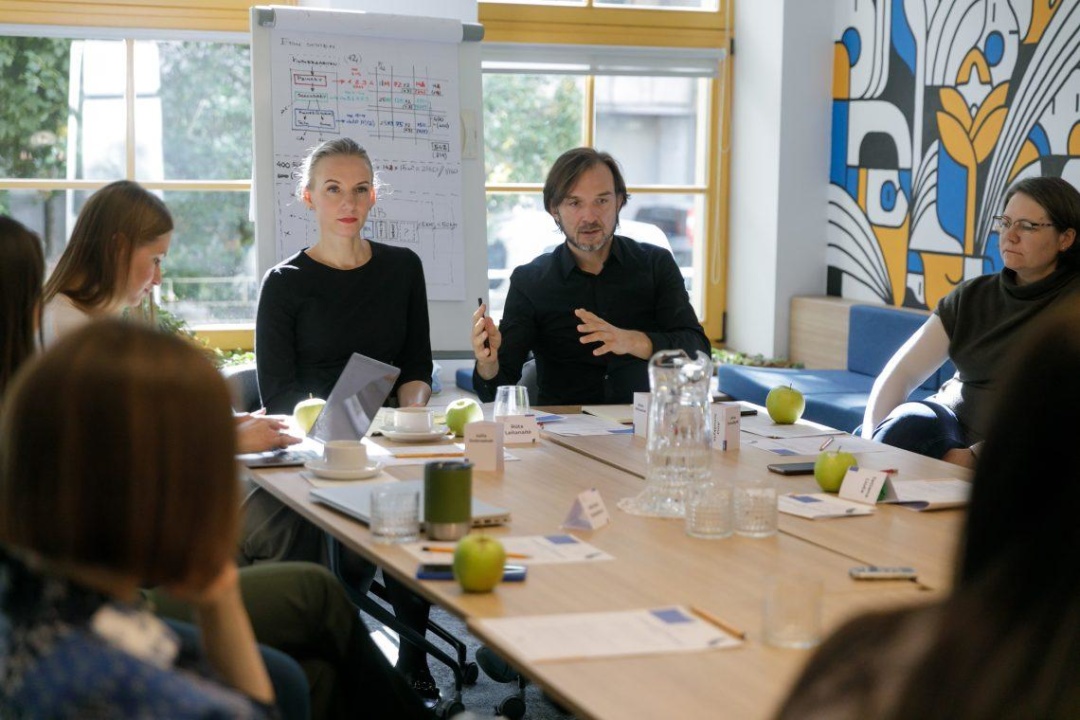
Rūta Leitanaitė, Creative Director of the competition, member of the Council of the Architects Association of Lithuania (centre)
Rūta Leitanaitė, Creative Director of the competition, member of the Council of the Architects Association of Lithuania, says: “The idea behind an adaptive school design through an open international architectural competition emerged for a number of reasons. Among them is the desire to once again convey to the international community the urgent need to restore Ukrainian education as well as the extent of this need. International competitions always attract a larger audience than a mere contract from a customer.”
Combining Ukrainian expertise and foreign experience is another motivation for the competition, which was embodied in one of its conditions — setting up joint teams of participants. And, perhaps most importantly, architectural competitions are a universally recognised tool that ensures transparency of the process, the involvement of a highly skilled jury, which ensures high-quality, unique results.”
Rūta Leitanaitė emphasises: “Representatives of the Central Project Management Agency, Artūras Žarnovskis, member of the competition jury, together with other team members walked among the ruins of Ukrainian schools. They saw for themselves the bombed-out kindergartens, talked to parents who had nowhere to take their children, to graduates who no longer had schools to hold their school-leaving parties… By now, some of these schools have been rebuilt from the ruins.”
Managing a teamwork of architects from Ukraine and abroad may acquire various forms. The important thing is to comply with the minimum membership requirement for such a team that should have at least one architect allowed to practice in Ukraine plus one of his colleagues allowed to practice outside of Ukraine.
ADAPTIVE CONTRACT DESIGN AS A CHANCE TO LAUNCH CONSTRUCTION SOONER
The jury of the Future School for Ukraine competition includes foreign architects. Lithuania’s Viktorija Blažienė represents a company that specialises in the design of modern educational buildings such as schools and kindergartens, encompassing both reconstructions and new constructions. She and her colleagues are currently working on a project of two educational buildings in Bucha, Kyiv Oblast. Another member of the jury is Carl Backstrand, and architect from Sweden. He is known as a leading voice in the drive towards more sustainable buildings. Rolandas Palekas is a professor at Vilnius TECH University and the founder of an architectural studio whose portfolio of finished designs includes Vilnius University Library and the Lithuanian Academy of Music and Theatre. Works by Finland’ Helen Sandman were presented at the Venice Architecture Biennale.
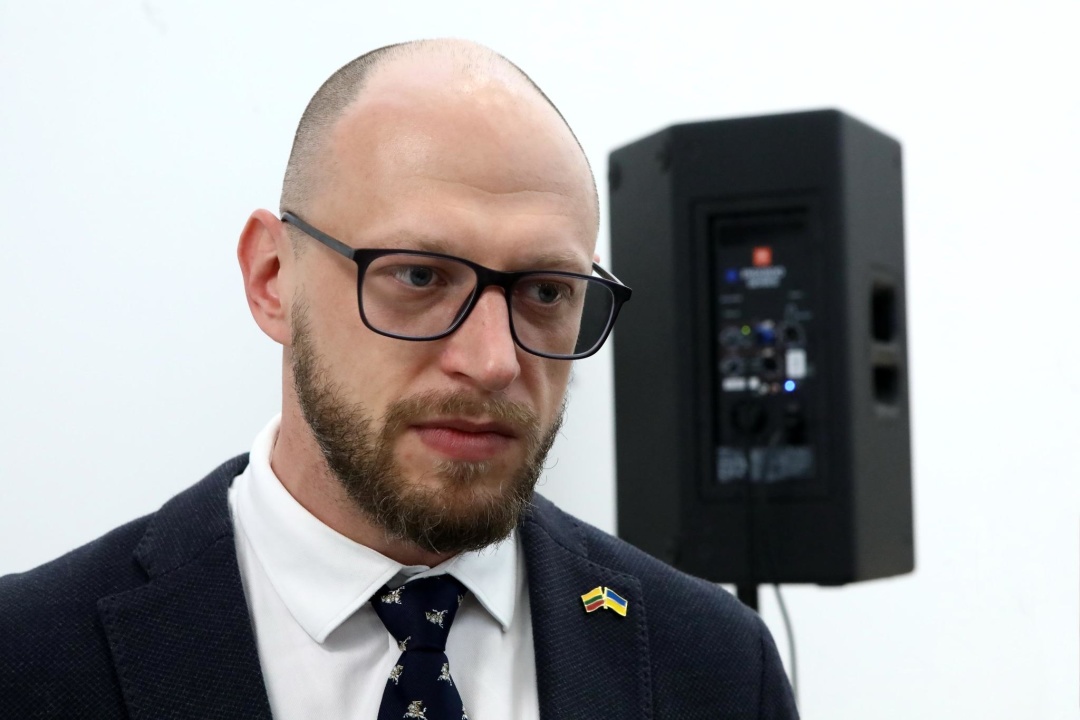
Artūras Žarnovskis, Co-create Future of Ukraine (CPMA) Programme Manager.
The Chairman of the Jury of eight professionals is Artūras Žarnovskis, Co-create Future of Ukraine (CPMA) Programme Manager. As a Lithuanian representative, he has been involved in the implementation of multilateral projects in Ukraine’s recovery since 2014. Prior to Russia’s full-scale invasion of Ukraine, he headed the Lithuanian-funded reconstruction project of School No. 2 in Avdiivka, which opened on 1 September 2021 and was destroyed by Russian weapons on 25 February 2022. “Rather than demotivate, it encourages us to rebuild. We will rebuild a school in Avdiivka as well!” says Artūras Žarnovskis.
Ukrinform recorded the comments by the Co-create Future of Ukraine Programme Manager in Borodianka, Kyiv Oblast, where the Lyceum No. 1, damaged by 70 per cent during the temporary Russian occupation, was overhauled with Lithuanian funds in just over a year. Artūras Žarnovskis believes that an international competition to develop an adaptive contract design for new Ukrainian schools is a chance for small communities to engage the best professional architects during the war.
He is convinced that such a project would save communities time and money by launching construction sooner and bringing children back to offline studies. “A complete adaptive contract design would form the basis for restoration by 80 percent,” says Artūras Žarnovskis. “This does not mean that all schools will look the same, like they did in the Soviet era.”
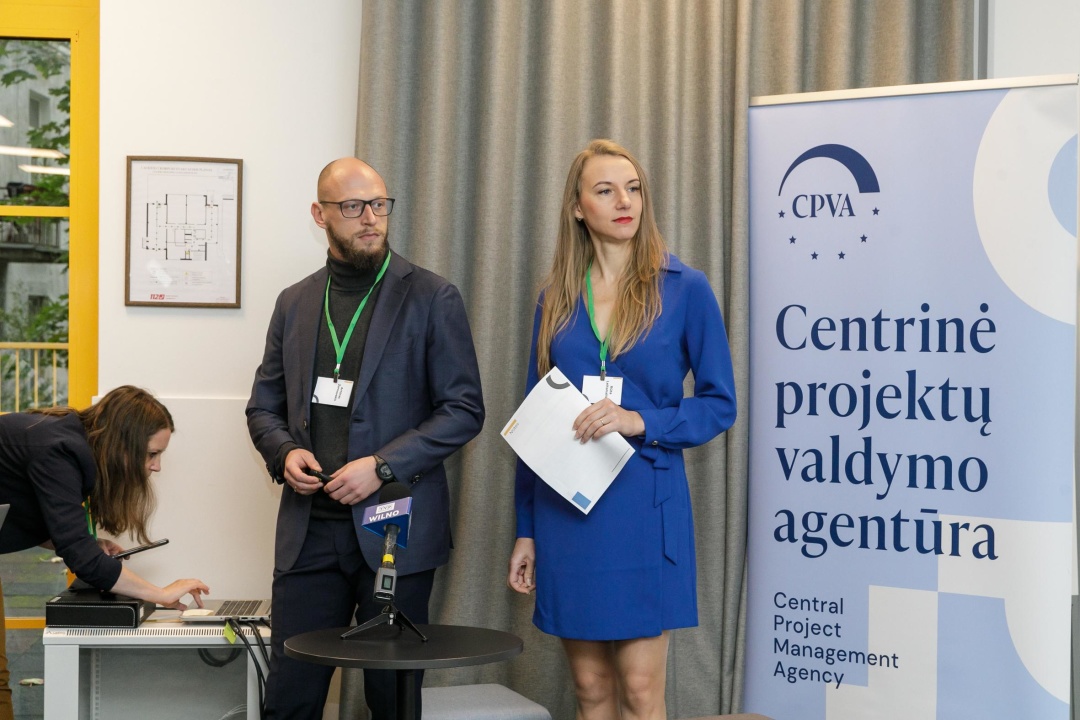
Rūta Leitanaitė and Artūras Žarnovskis
“Regretfully, the war has offered new unwelcome opportunities to build more modern, safe, convenient educational facilities on the bombed-out or irreparably damaged sites,” comments Rūta Leitanaitė. “Following the launch of the project, we held a two-day workshop for educators and architects, representatives of the government sector. This allowed us to develop a vision of the kind of school that is expected in Ukraine. This new school should become an educational hub and the community’s hearth and home — accessible, inclusive, and safe. If the school has been designed to accommodate the needs of children and community, if it is safe, convenient and comfortable to study, play sports or relax within its walls, it is bound to become a centre of attraction for the new generation and the entire community.”
DESIGN TO BE ADAPTED FOR EACH SCHOOL
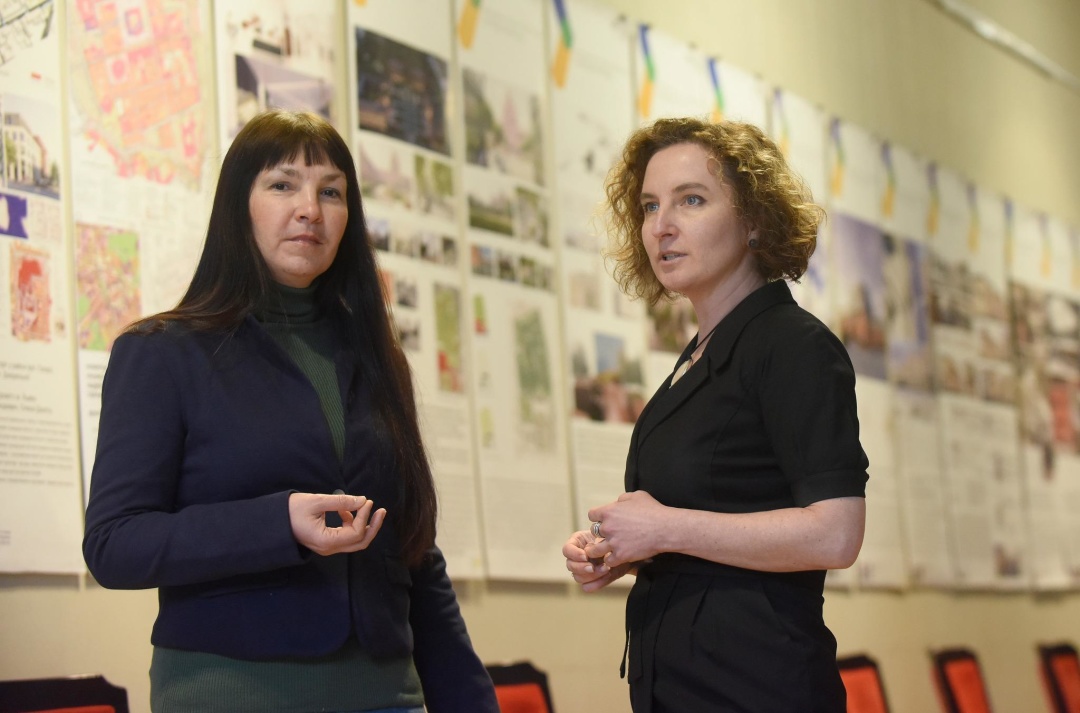
Olha Podushkina and Anna Kyrii, expert architects
Experienced Ukrainian expert architects Anna Kyrii from Kyiv and Olha Podushkina from Dnipro note that one should not overestimate the availability of a standard design, even if it is referred to as adaptive. “Architecture is all about uniqueness,” says Olha Podushkina. “Each school stands on a site that is not identical to that of another institution — it has a different terrain, different geological conditions, different dimensioning specifications.”
All this necessitates a custom design. A standard one will have to be adapted. Because, for example, seismicity in Sumy is 5, in Kyiv — 6, and in Odessa — 8 degrees on the MSK-64 macroseismic intensity scale. The stability of supporting structures should thus be calculated individually in all instances. According to experts, between 30 and 90 per cent of the initial cost will have to be spent additionally on adjusting the design to the conditions of a specific site.
Ms Olha recalls that standard designs were typical of the post-war period in the Soviet Union, when the “khrushchevkas” first appeared. Back then, they used to develop large vacant lots on the city outskirts by raising five-storey blocks of flats. Schools would be fitted in the surrounding development recorded in municipal master plans, i.e., their reconstruction projects would generally cover their respective territories. “I kept saying during all my interviews in Vilnius that today it is impossible to develop a standard design that would generally be applicable to unique plots,” says Olha Podushkina.
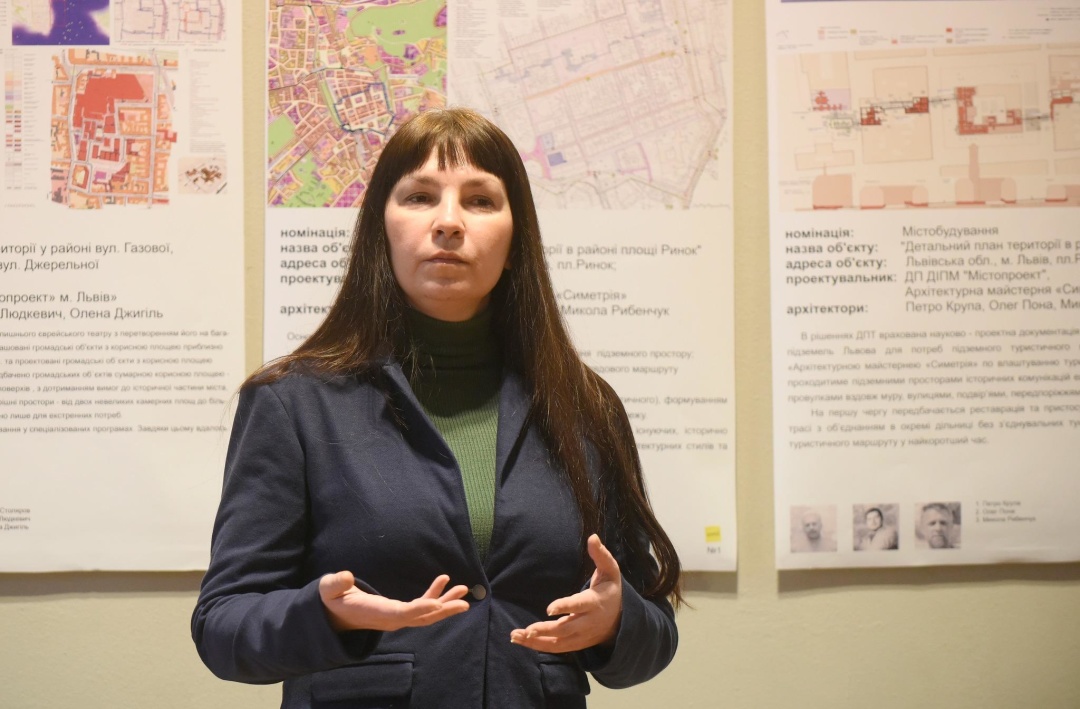
Architect Olha Podushkina
According to the expert, we should strive to develop “plastic” designs comprising individual units (components, modules) that could be joined together like a construction set. These designs will be cheaper to adapt in the long run. They are more realistic for a specific construction project. “It would be more practical to design standard components, rather than the entire building. Germany does this, Austria does it,” the architect comments, stressing the value of international cooperation in the Future School for Ukraine competition.
Olha Podushkina sat on the jury of the Reset 2022: Energy Efficient, Green Schools architectural project implemented by the Association of Ukrainian Cities in cooperation with Deutsche Gesellschaft für Internationale Zusammenarbeit (GIZ) GmbH. Back then, the sites of the intended construction of schools were surveyed. Its findings confirmed that no two sites had the same conditions. One more point was that the communities were reluctant to move schools to different locations. The interviewed residents wanted a part of the destroyed building to be preserved or reconstructed.
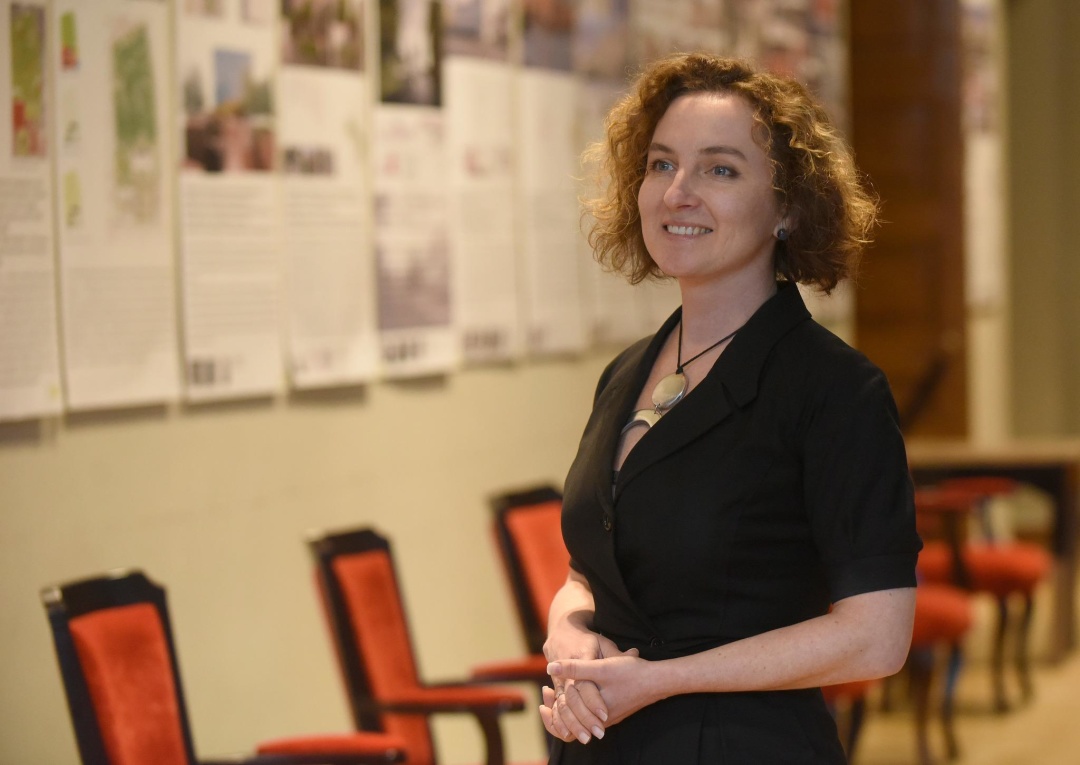
Architect Anna Kyrii
Architect Anna Kyrii says: “Whenever standard school designs get mentioned, it means that no one bothered to talk to the community. Schools should be different. It depends on the area, the number of students, on whether it is a pivot lyceum, or a junior, middle or senior school, or some vocational school. Parameters are numerous, including the building’s alignment to cardinal points. Competitions must be held for a unique school design to meet specific requests from a particular community.”
Ms Anna also point out that the cost of an architectural design barely reaches 1–2 per cent of the construction cost. Therefore, any arguments in favour of cutting design costs look rather odd. The purpose of developing a design is precisely to find a high-quality solution to meet the context and conditions of the site and, among other things, save money during construction.
Meanwhile, the organisers of the Future School for Ukraine competition point out that an adaptive reuse architectural design represents a set of architectural solutions for the design of a building, which maximise the use of solutions for the building site, interior and exterior, applicable regardless of the specific location and reusable in an adapted form for various buildings, each time — through custom integration and adaptation to the local context.
Valentyna Samchenko, Kyiv
Photos by Ruslana Kaniuka, Volodymyr Tarasov, and organisers of the competition


